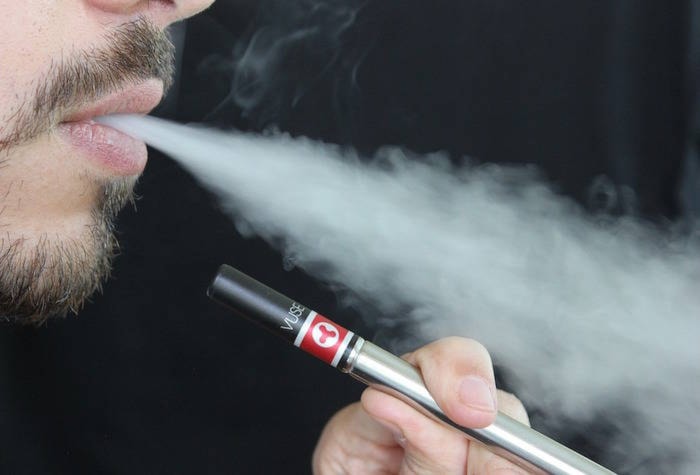The nation’s top health authorities agree: Teen vaping is an epidemic that now affects some 3.6 million underage users of Juul and other e-cigarettes. But no one seems to know the best way to help teenagers who may be addicted to nicotine.
E-cigarettes are now the top high-risk substance used by teenagers, according to the latest U.S. figures, which show that Juul and similar products have quickly outpaced cigarettes, alcohol, marijuana and other substances that have been tracked over more than four decades.
RELATED: Health groups warn against vaping
The handheld devices heat a liquid solution that usually contains nicotine into an inhalable vapour. Federal law prohibits sales to those under 18, though many high schoolers report getting them from older students or online.
In recent months, government officials have rolled out a series of proposals aimed at keeping the products away from youngsters, including tightening sales in convenience stores and online. In November, vaping giant Juul voluntarily shut down its Facebook and Instagram accounts and pulled several flavours out of retail stores.
But there’s been little discussion of how to treat nicotine addiction in children as young as 11 years old. While some adolescents should be able to quit unaided, experts say many will be hampered by withdrawal symptoms, including anxiety, irritability, difficulty concentrating and loss of appetite.
READ MORE: Health Canada to educate teens on health risks of vaping
Physicians who treat young people now face a series of dilemmas: The anti-smoking therapies on the market — such as nicotine patches and gums — are not approved for children, due to lack of testing or ineffective results. And young people view the habit as far less risky, which poses another hurdle to quitting.
The harshness of cigarette smoke often limits how much teenagers inhale, sometimes discouraging them from picking up the habit altogether. That deterrent doesn’t exist with e-cigarette vapour, which is typically much smoother, according to experts.
Since debuting in the U.S. in 2007, e-cigarettes and other vaping devices have grown into a $6.6 billion business. Driving the recent surge in underage use are small, easy-to-conceal devices like Juul, which vaporizes a high-nicotine solution sold in flavours such as creme, mango and cucumber. Despite industry worries of a crackdown on flavours, the FDA has taken no steps to ban the array of candy and fruit varieties that companies use to differentiate their offerings.
E-cigarettes have become a scourge in U.S. schools, with students often vaping in the bathroom or between classes. One in 5 five high schoolers reported vaping in the last month, according to 2018 federal survey figures.
RELATED: B.C. school locks bathrooms after too many students caught vaping
Juul and other brands are pitched to adult smokers as a way to quit smoking, but there’s been little research on that claim or their long-term health effects, particularly in young people. Nicotine can affect learning, memory and attention in the teenage brain, but there’s virtually no research on how e-cigarette vapour affects lungs, which do not fully mature until the 20s.
(Associated Press)
